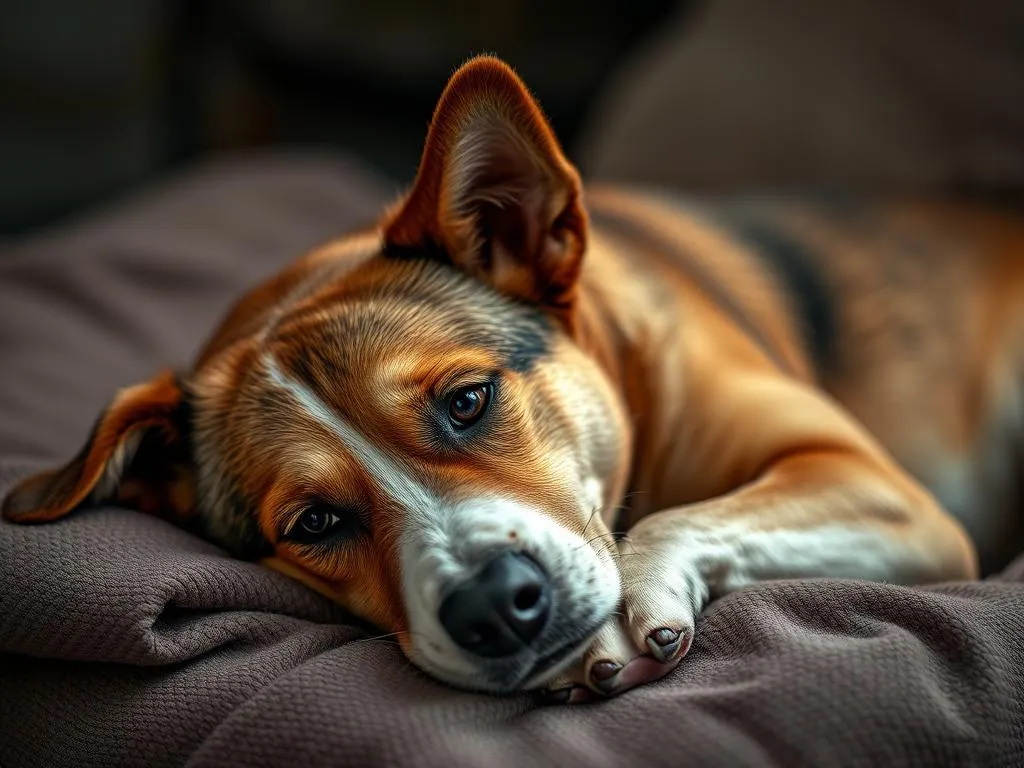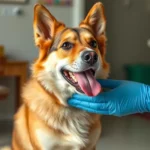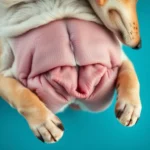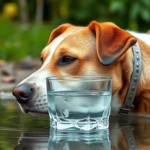
Introduction
Canine Parvovirus (CPV) is a highly contagious viral disease that poses a significant risk to dogs, particularly puppies and unvaccinated adult dogs. Understanding parvo is crucial for any dog owner, as it can lead to severe health complications and even death if not treated promptly. This article aims to inform pet owners about can dogs recover from parvo, the symptoms to watch for, the importance of early diagnosis and treatment, and preventive measures to take.
Whether you are a dog owner, a veterinarian, or an animal health student, having a solid grasp of canine parvovirus will empower you to act swiftly and effectively in the event of an outbreak.
Understanding Canine Parvovirus
What is Parvo?
Canine Parvovirus is a virus that primarily affects the gastrointestinal tract of dogs, leading to severe gastrointestinal distress. The virus spreads through direct contact with an infected dog or indirectly through contaminated surfaces, food, or water. Puppies aged 6 weeks to 6 months and unvaccinated adult dogs are particularly vulnerable. Certain breeds, like Rottweilers, Doberman Pinschers, and American Pit Bull Terriers, are also at a higher risk of contracting the virus.
Symptoms of Parvo
The symptoms of parvo can manifest rapidly and can be severe. Initial signs include:
- Vomiting: Frequent and often severe.
- Diarrhea: Often bloody and watery.
- Lethargy: Extreme tiredness and lack of energy.
As the disease progresses, more severe symptoms may develop, such as:
- Dehydration: Caused by vomiting and diarrhea, leading to dry gums and sunken eyes.
- Shock: A life-threatening condition that may occur due to severe fluid loss.
Recognizing these symptoms early is vital for improving the chances of recovery.
Diagnosis of Parvovirus
How is Parvo Diagnosed?
Diagnosing canine parvovirus typically involves a combination of clinical signs, history, and laboratory tests. Veterinarians will look for the characteristic symptoms mentioned earlier and may ask about the dog’s vaccination history and exposure to other dogs.
Diagnostic tests used include:
- ELISA Test: A quick test that detects the virus in the dog’s feces.
- PCR Test: A more sensitive test that can detect viral DNA in blood or feces.
Importance of Early Diagnosis
Early diagnosis significantly impacts recovery chances. The sooner a dog receives treatment, the better the odds of survival. Delayed treatment can lead to more severe complications, increased suffering for the dog, and higher medical costs for the owner.
Treatment Options for Parvo
Veterinary Care
If you suspect your dog has parvo, immediate veterinary assistance is crucial. Common treatments include:
- IV Fluids: To combat dehydration and maintain electrolyte balance.
- Medications: Anti-nausea and anti-diarrheal medications to alleviate symptoms and prevent further complications.
Veterinarians may also recommend hospitalization for intensive care, especially in severe cases.
Home Care and Support
Once the dog starts to recover, home care becomes essential. Here are some techniques to support a recovering dog:
- Hydration: Ensure your dog has constant access to fresh water.
- Dietary Considerations: Introduce a bland diet gradually, such as boiled chicken and rice, to ease digestion.
Continuous monitoring of your dog’s condition is vital, as any signs of relapse should prompt immediate veterinary consultation.
Recovery Process
Recovery Timeline
The recovery timeline for parvo can vary based on several factors, including the dog’s age, overall health, and the severity of the disease. Generally, the typical duration of recovery can range from several days to weeks.
Signs of Recovery
As your dog heals, you might notice the following indicators:
- Increased energy levels and willingness to play.
- Improved appetite and interest in food.
- Normalization of bowel movements.
It’s essential to continue monitoring your dog during recovery. If symptoms such as vomiting or diarrhea return, seek veterinary assistance.
Preventing Parvo
Vaccination Importance
Vaccination is the most effective way to prevent canine parvovirus. A typical vaccination schedule for puppies includes:
- First Shot: At 6-8 weeks of age.
- Booster Shots: Every 3-4 weeks until they are about 16 weeks old.
- Adult Boosters: Every 1-3 years thereafter.
Hygiene Practices
Maintaining cleanliness is critical in preventing the spread of parvo. Here are some tips:
- Cleaning: Regularly disinfect areas where dogs play and rest.
- Isolation: Keep infected dogs away from healthy ones to prevent transmission.
Socialization and Exposure
Socializing puppies is essential, but it should be done cautiously. Avoid dog parks or areas with known outbreaks until your puppy is fully vaccinated. Engage in safe activities, such as leash walks or playdates with vaccinated dogs.
FAQs About Canine Parvovirus
Can dogs fully recover from parvo?
Yes, many dogs can fully recover from parvo, especially with early intervention and appropriate care. Statistics indicate that with prompt treatment, recovery rates can be as high as 90%. However, some dogs may experience long-term effects, such as intestinal problems, depending on the severity of the infection.
What are the risks of parvo?
Parvovirus is highly lethal, particularly in young puppies. Potential complications include severe dehydration, infections, and even death if left untreated. The mortality rate can be as high as 91% in untreated cases, emphasizing the need for immediate veterinary care.
How can I support my dog during recovery?
Supporting your dog during recovery involves:
- Strict Monitoring: Watch for any returning symptoms.
- Nutritional Support: Gradually reintroduce regular food after the vet gives the go-ahead.
- Emotional Support: Provide a calm and comforting environment to help your dog recuperate.
Conclusion
Summary of Key Points
Canine parvovirus is a serious disease that requires immediate attention. Understanding its symptoms, diagnosis, treatment options, and recovery process is crucial for every dog owner. Prompt veterinary intervention significantly increases a dog’s chances of recovery and minimizes the risk of severe complications.
Final Thoughts
It cannot be stressed enough that early detection and treatment are vital. If you suspect your dog may have parvo, don’t hesitate to consult your veterinarian.
Call to Action
Promote responsible pet ownership by ensuring your dog is vaccinated and practicing good hygiene. Awareness is key to preventing the spread of parvovirus and ensuring the health and safety of our beloved canine companions.









